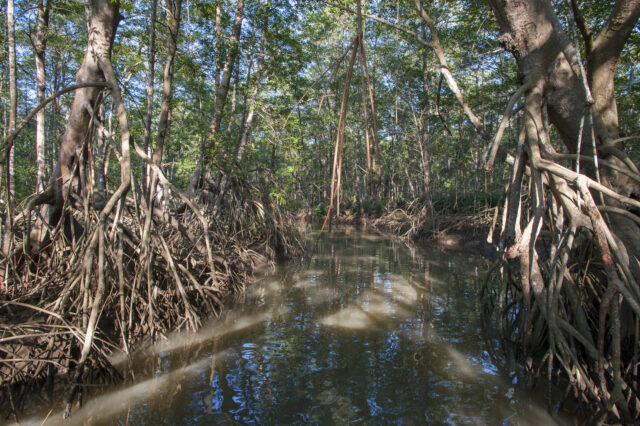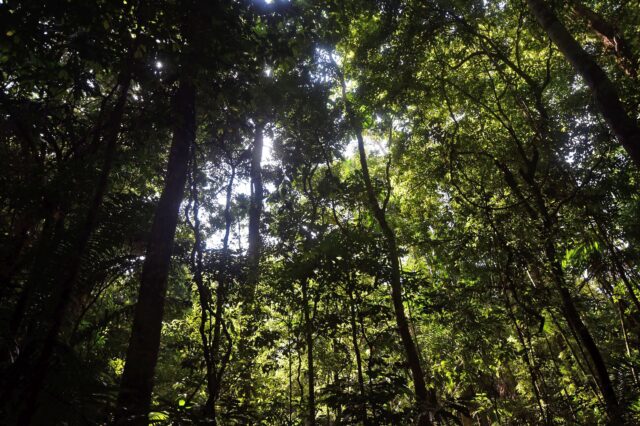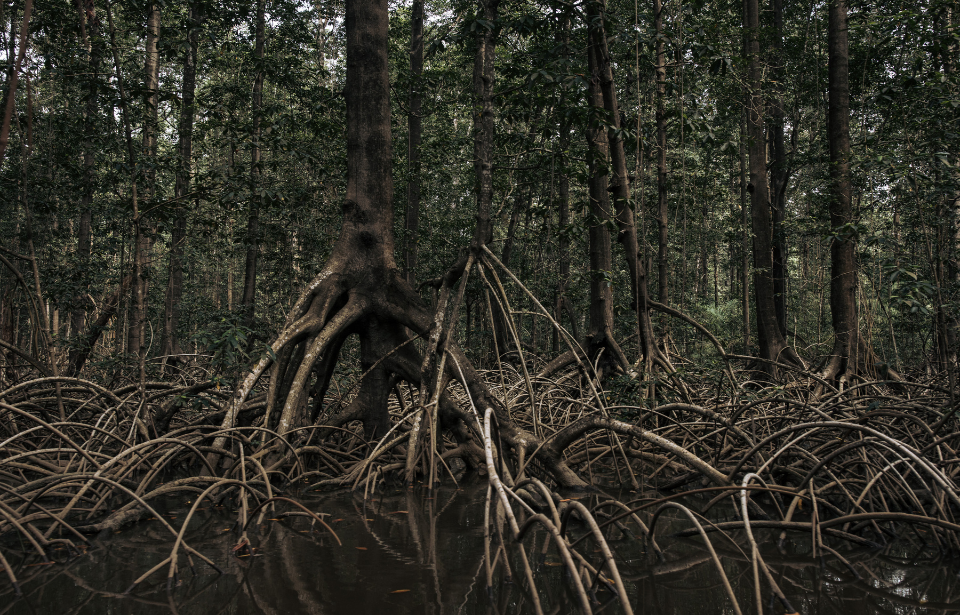Discovered along the Panama Canal, a lost ancient mangrove species has resurfaced after 22 million years. An entire ancient forest was located during the excavation, with this new ancient species shocking researchers. It serves as a major research achievement for an already seasoned research island.
An incredible discovery
Researchers from the Smithsonian Tropical Research Institute have made an incredible discovery in the Panama Canal. Working on Barro Island, they uncovered a lost ancient mangrove forest. This discovery was made possible by finding a fossilized mangrove species that dated back to the Aquitanian stage of the Early Miocene period. In fact, they found 121 fossilized wood specimens in total.
A 22 Million-Year-Old Mangrove Forest Was Discovered on Panama’s Barro Colorado Island | Smithsonian Voices | Smithsonian Tropical Research Institute Smithsonian Magazine https://t.co/3WmssxJTf1
— Grant W. Graves (@GrantWGraves) February 9, 2024
The researchers said that studying the area where they found the fossils led them to believe “that the fossil wood assemblage on Barro Colorado Island comprised a mangrove forest growing along the coast of the volcanic chain of central Panama.” Aptly chosen, they decided to name the newly discovered ancient species after the area where it was found: Sonneratioxylon barrocoloradoensis.
How the island was formed
Back in the Early Miocene period, central Panama was part of a long, narrow peninsula. At this time, it was connected to North America but was separated from South America. Analyses of the fossils suggests that the ancient mangrove forest grew near a river or ocean but disappeared as a result of the intense volcanic activity that took place in Panama. Researchers believe it was one single volcanic event that buried the ancient forest.

Interestingly, the wood anatomy of the mangrove fossils shows that they are close in composition to the mangrove species commonly found in Southeast Asia. Also, they estimate that this particular species grew to an average height of 82 feet tall. However, they also estimate that the tallest of the trees could reach a whopping 131 feet tall, considerably taller than the average height.
The longevity of mangrove forests
Mangrove forests are unique in that they are known to thrive in tropical and subtropical locations. While they are unable to survive through freezing temperatures, their root system allows them to grow effectively regardless of fluctuating tides. Thus, it only makes sense that these species are most commonly found growing along coastlines and riverbanks.

Barro Colorado Island has a long history of research surrounding tropical flora and fauna. Research on the island began as early as 1913, making it responsible for some of the oldest tropical research stations in the world. It is often referred to as the “rainforest-covered living laboratory.”
More from us: Gleeson Went From Copper Hotspot to Ghost Town After the Mines Dried Up
Discovering the lost ancient mangrove species is a cherry on top of over 100 years of research on the island.
